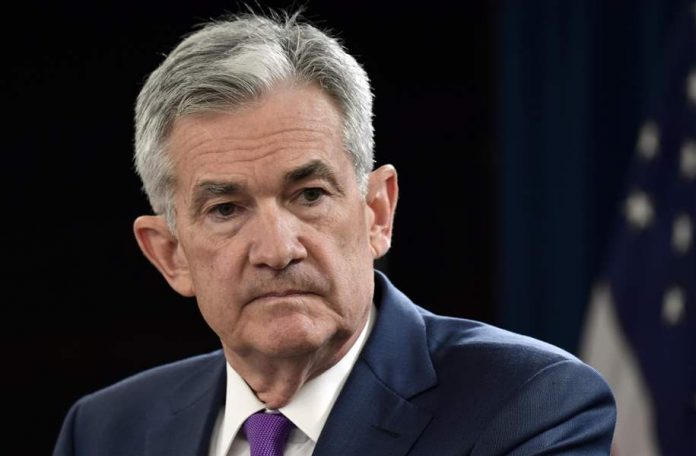Stocks slid alongside oil prices this morning as recession fears continued to mount. The Dow, S&P, and Nasdaq Composite all fell moderately through noon.
Today’s trading session has been another one in which the “bad news is good news” narrative shifted to “bad news is actually bad news.” Two weeks ago, bulls would have celebrated sinking oil prices.
Now, though, it’s just another sign that the recession could be more painful than initially expected. Oil stocks plunged in response. Chevron (NYSE: CVX) and Exxon (NYSE: XOM) both fell roughly 4%.
Some analysts, however, still believe a recession could be viewed as bullish by investors.
″[The market] has been bracing for [a recession], and now it may actually be embracing it, the idea being: let’s just get it over with, we’re going have a recession, let’s do it. Let’s clean out the excesses and start all over again,” said Ed Yardeni of Yardeni Research yesterday.
“The market is starting to look ahead into next year and that could very well be a recovery year from whatever this recessionary environment turns out to be. We’re all kind of doing a Hamlet recession – to be or not to be. I’m kind of thinking that there’s going to be a mild recession.”
Yardeni might be right, and his opinion reflects that of the market in June.
But ever since the Atlanta Fed’s relatively accurate GDP growth forecaster (GDPNow) predicted negative GDP growth for both Q1 and Q2 last week, investors realized that the Fed could potentially unleash a barrage of rate hikes during a recession that has already begun.
“GDPNow has a strong track record, and the closer we get to July 28th’s release [of the initial Q2 GDP estimate] the more accurate it becomes,” wrote Nicholas Colas, co-founder of DataTrek Research, when the GDPNow reading was released on July 1st.
Many analysts remain optimistic that the bear market is almost over nonetheless.
“Do we have a kind of drawdown that looks to be in that 30% range, which is the average for recessions, or something that looks closer to down 50%, which is what we saw back in the early 2000s and 2008 where we had two debt crises?” asked NewEdge Wealth chief investment officer Cameron Dawson.
“We don’t see a debt crisis. We think that we could start to find some value around that [S&P] 3,400-3,500 level because that’s what gets us back to the pre-Covid highs.”
What could change Dawson’s estimate is this afternoon’s June Fed meeting minutes release, due out at 2 pm EST. The minutes from the May FOMC meeting ended up sparking a rally when investors learned that the Fed had dramatically reduced its target Federal funds rate for 2023.
But several weeks later, the rally failed when several inflation readings showed that inflation was still rising much faster than expected, thus invalidating the Fed’s target rate for next year.
For that reason, the June meeting minutes are probably not going to provide any bullish momentum, as the meeting took place after the Fed learned that inflation was significantly hotter than anticipated.
That’s why stocks fell this morning ahead of the minutes release. And it’s also why we may see a major selloff this afternoon if bulls don’t like what they hear, especially in regard to the Fed’s longer-term inflation projections.








